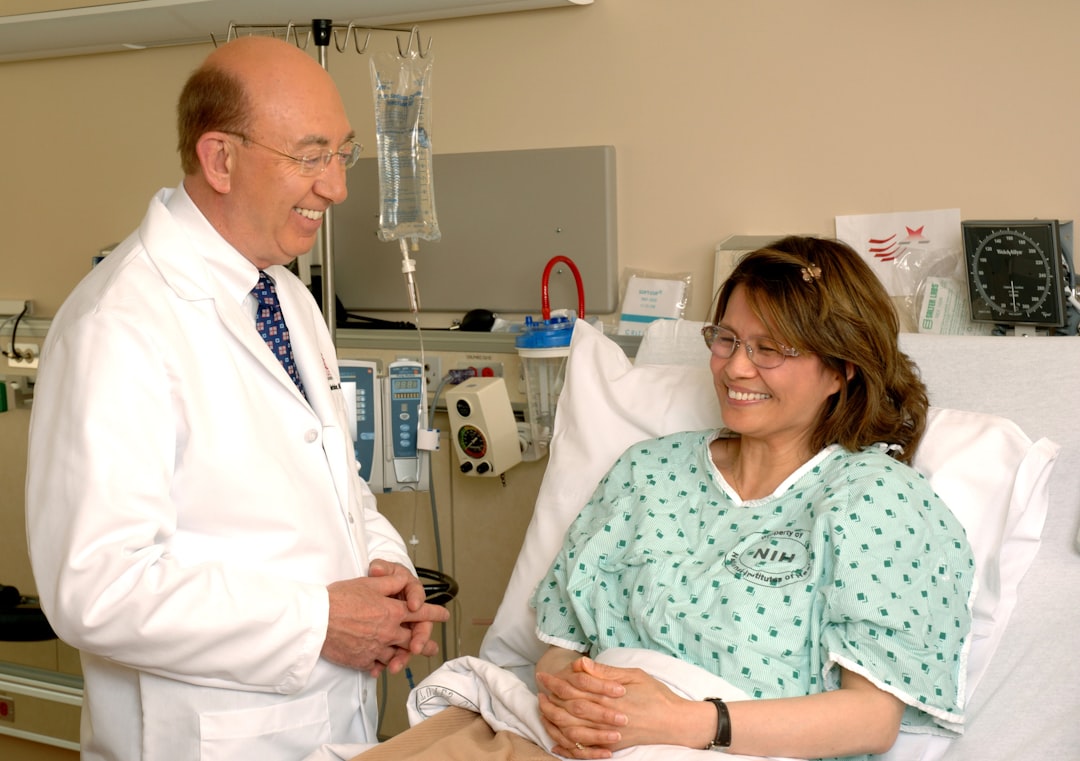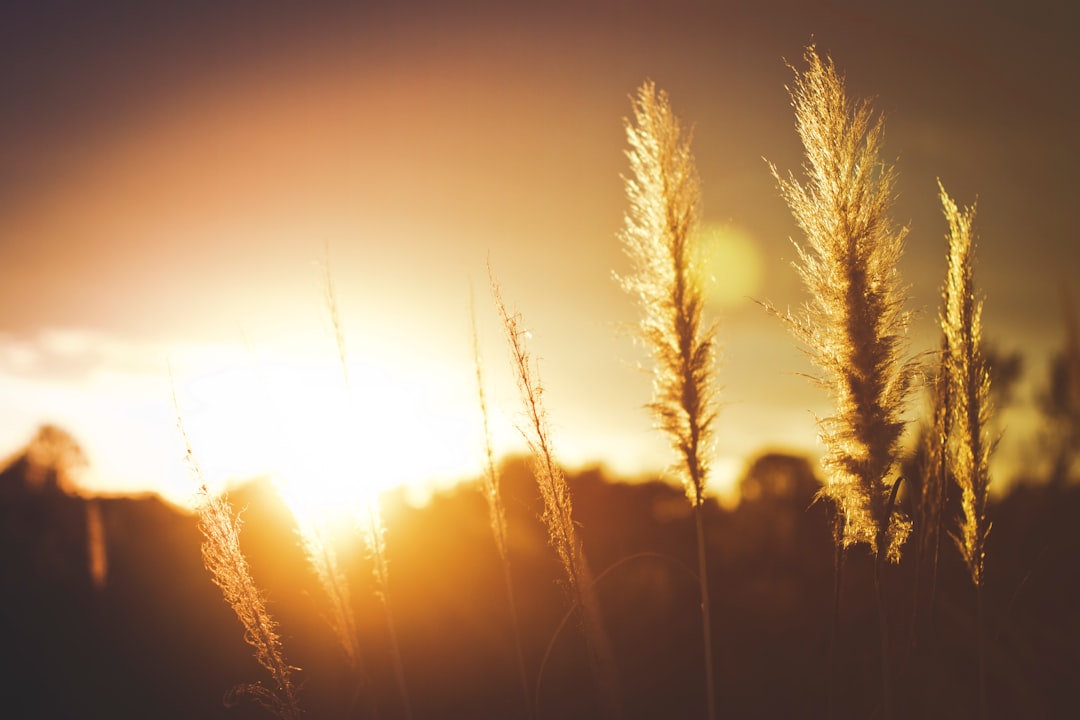What is it about?
This article examines the role of the foreign establishments and agents in Chongqing, China’s wartime temporary capital and a major Allied center during the Second Sino-Japanese War (1937-1945) and World War II. It shows how events and developments in Chongqing’s international – diplomatic, military and intelligence – circles reflected and drove China’s remarkable transformation from a fractured ‘semi-colony’ before the war to a ‘Big Five’ power thereafter.
Featured Image
Why is it important?
The article contributes to a long-time void in the lack of studies on Republican China’s diplomacy and the city of Chongqing. It provides insight into how Chongqing became redefined as a wartime capital and utilized by Chiang Kai-shek and the Nationalists to further the country’s international agenda. By linking Chongqing’s makeover as wartime capital with the modernization of China’s foreign relations, the article enhances our understanding of China as a post-war global actor.
Perspectives
Dubbed ‘The World’s Biggest City You’ve Never Heard of’, Chongqing today is a sprawling international megalopolis with a population of 32 million. Eight decades ago, when it became China’s wartime government seat, Chongqing was an obscure inland port city of 300,000 that was known – in Edgar Snow’s words – as ‘one of the most backward holes on earth’. During the wartime years, “Chungking” became the political, military, diplomatic and cultural linchpin of unoccupied China and a powerful international symbol of the Allies’ joint fight in the Far East. This piece recalls this much-neglected episode of the city’s unique past and its lasting legacies.
Dr Vincent Chang
Leiden University LeidenAsiaCentre
Read the Original
This page is a summary of: Redefining Wartime Chongqing: International capital of a global power in the making, 1938–46, Modern Asian Studies, May 2017, Cambridge University Press,
DOI: 10.1017/s0026749x16000196.
You can read the full text:
Contributors
The following have contributed to this page










